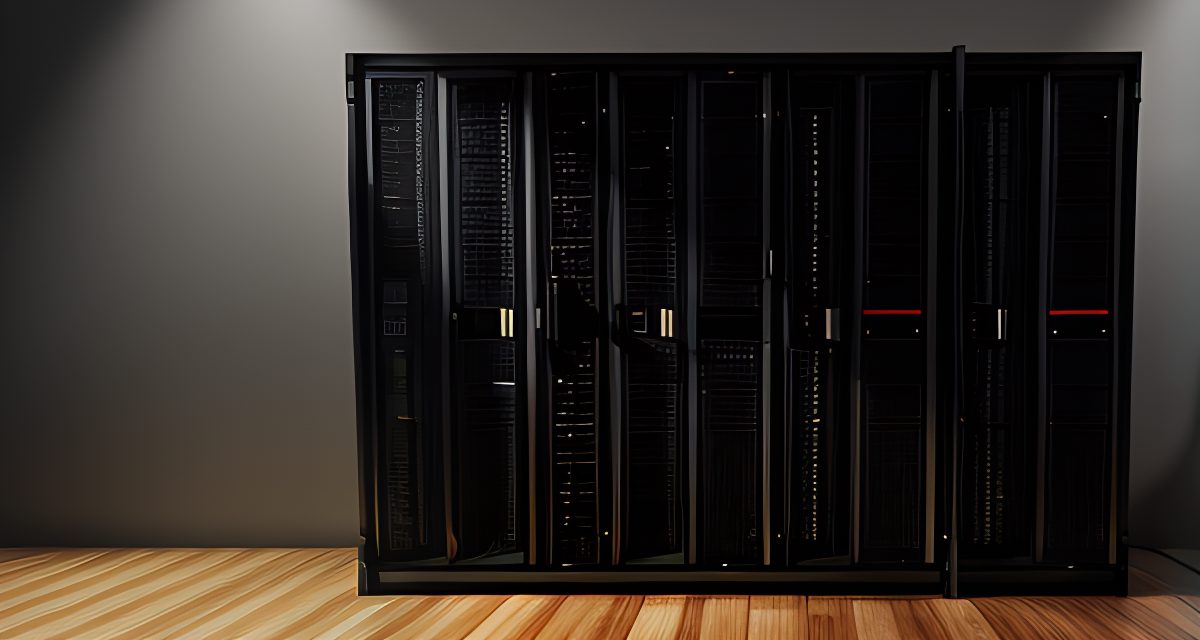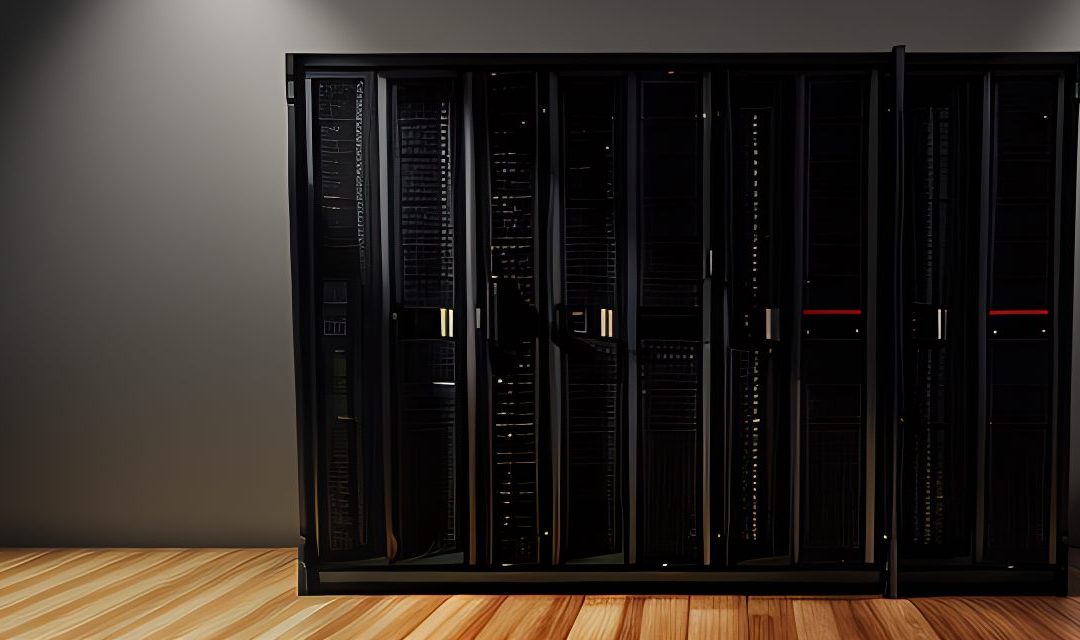
Embarking on the journey to rent your first server rack in a data center can be both exciting and daunting. Whether you’re a startup looking to scale your IT infrastructure, or an established business aiming for better data security and reliability, it’s crucial to understand the process of renting server rack space. This guide will walk you through each step, ensuring you make informed decisions that fit your business needs.
Step 1: Assess Your Needs
Evaluate Your Space and Power Requirements:
Before diving into the colocation market, it’s essential to understand exactly how much rack space and power your servers and equipment will require. A typical server rack can consume between 4 to 25 kW of power, not including cooling requirements. The power needs can vary widely based on the type of equipment and its usage. You can do a quick online search to see exactly what your existing equipment needs are. If you’re looking for a brand new setup, the data center provider should be able to assist you with figuring out what you may need.
Future Scalability:
Anticipating your future growth is crucial. Colocation contracts can be flexible, but understanding your potential scale will help in choosing the right provider and plan. This means considering not just the physical space but also bandwidth and power scalability.
Step 2: Research Colocation Providers
When looking into colocation providers for your server rack needs, several critical factors come into play, which go beyond just the cost and location. Here’s a more detailed approach to researching and selecting the right colocation provider:
Location Benefits and Risks:
The physical location of the data center is pivotal for several reasons. It impacts latency for your services, accessibility for your IT team, and potential risks from natural disasters. Opt for data centers in geographically stable areas with good connectivity to ensure low latency for your users.
If you want to learn more, The Uptime Institute offers insights into selecting a data center’s location considering factors like geopolitical stability, environmental risks, and energy sourcing.
Reliability and Uptime Guarantees:
Uptime, represented in nines (99.999% for “five nines” availability), is a measure of reliability over time. It’s crucial to understand the SLA specifics regarding uptime, as these agreements outline the expected availability of services and the compensation in case of downtime.
Security Measures:
Examine both the physical and cyber security measures employed by the colocation provider. This includes everything from onsite security personnel, video surveillance, and controlled access points to firewalls, intrusion detection systems, and regular security audits.
Security is multifaceted in data centers, including layers of both physical security and cyber security, with an extensive range of security considerations.
Support Services:
The level and quality of support services are one of the most critical things you need to look at, because your servers will no longer be in the same location as you most of the time, and you may need to have ready access to experienced tech support that can act as your “remote hands”.
This encompasses both the technical support for troubleshooting and the customer service for handling account and billing queries. Look for providers offering 24/7 support with a clear escalation path.
Cost Structure and Scalability:
Understanding the pricing model is essential, as it should align with your budget and forecasted growth. This includes not only the initial costs but also the potential for scalability, both in terms of physical space and the technological infrastructure. Make sure the provider can accommodate future expansion without exorbitant costs.
Eco-friendliness and Sustainability:
With increasing concern over energy consumption and carbon footprints, selecting a provider that prioritizes sustainability can be beneficial. This includes the use of renewable energy sources, energy-efficient cooling systems, and practices that reduce overall environmental impact. The Green Grid is a resource for data center energy efficiency, offering standards and metrics that help in evaluating a data center’s commitment to eco-friendliness.
Step 3: Visit Potential Data Centers
Seeing is believing when it comes to choosing a colocation provider. Visiting a facility allows you to assess the cleanliness, security, and overall operational quality of the data center. It also gives you a chance to meet the staff and understand their expertise and responsiveness.
Step 4: Review the Contract and SLA
It’s vital to understand the commitments you’re making and the guarantees provided by the data center. This includes the uptime guarantee, the support response times, and the financial penalties (if any) for SLA breaches. Ensure that the contract terms align with your business needs and that there is room for growth or adjustments as your requirements change.
Step 5: Prepare Your Equipment
Compatibility checks are essential to ensure your equipment will fit in the allocated space and that power and connectivity requirements can be met. Backup all critical data before the move to safeguard against any potential data loss during the transition.
Your colocation data center provider should be able to assist you by giving you a detailed list of instructions on how to prepare your equipment, as well as refer you to reliable server shipping companies if you’re shipping your equipment there. Guidance on preparing for data center migrations, including equipment checks and data backup strategies, can significantly reduce risks associated with moving to a colocation facility.
Step 6: Deployment
Deploying your equipment in a colocation data center requires through planning to minimize downtime and ensure the move happens as smoothly as possible. operational efficiency. This begins with a detailed inventory, coordinating logistics to reduce impact on daily operations, and meticulous preparation that includes data backups and precise labeling of equipment for the ease of reinstallation. The physical move should employ professionals experienced in handling IT equipment, focusing on security to prevent loss or theft during transit.
Installation within the data center means strategic placement considering power, cooling, and future scalability, alongside meticulous mounting, cabling, and testing for power and connectivity issues. The collaboration with the data center’s technical staff is crucial during this phase, so you are utilizing their expertise to overcome any installation challenges and are following security protocols.
Step 7: Ongoing Management
After deployment, regular monitoring and management of your server rack are necessary to ensure optimal performance. This includes keeping an eye on server health, utilization rates, and potential security threats. Effective data center management often requires using specialized software tools for monitoring and managing your infrastructure.
Moving your IT setup into a colocation data center isn’t just about the logistics and the technicalities. It’s a significant step towards scaling your operations and making your systems more robust. It’s all about getting your ducks in a row, from making sure every piece of equipment is accounted for, to ensuring they’re snug and secure in their new home, and everything’s running smoothly.
Teaming up with the folks at the data center can turn a daunting task into a smooth sail. And once you’re all set up, it’s about keeping an eye on things, ready to tweak and adjust as you go. It’s a bit like moving into a new office: it takes a bit to settle in, but once you do, you’re all set for whatever comes your way.
If you have any questions about how and where to start your colocation journey, we’re happy to help! Just shoot us and email to talk an expert here at ColocationPlus, where we’ve been running our professional data centers for over 25 years.

